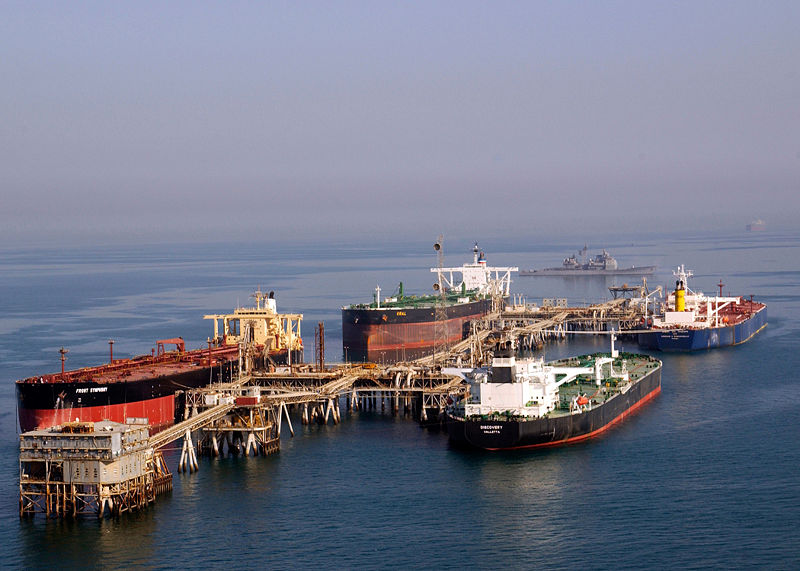
After more than four decades of countless negotiations under the appeasement tactics of the West, Iran’s policy had alternately two different characters. On one hand, Iran showed an iron fist with terrorist activities symbolized by the IRGC. On the other hand, Tehran used its foreign policy as a vitrine for negotiation symbolized by Zarif, however, both faces served the same goal — to make sure the regime survives.
A very recent example are the contradictory remarks raised by Iran’s government agencies regarding Friday’s attack on an Iranian SABITI oil tanker being targeted by “two missiles”, which made the incident and the original news even more suspicions than was originally announced. Saudi Arabia said it was not involved in Friday’s attack on an Iranian oil tanker in the Red Sea that caused a spike of more than 2% in crude prices.
Riyadh said it received a distress message on the same day from a damaged Iranian tanker in the area but the vessel kept moving and switched off its transponder before it could assist, state news agency SPA reported on Saturday.
SPA said the SABITI tanker did not respond to any communications from the Saudi authorities.
A few hours after the attack, the regime’s National Iranian Oil Company denied missiles were fired from Saudi soil to target this oil tanker in the Red Sea. IRNA, the Iranian regime’s official news agency, wrote the following: “This oil tanker suffered an incident this morning while located 60 miles from the Jeddah port of Saudi Arabia. Although some say this incident could have been a terrorist attack, yet there was no missile fired towards this oil tanker from Saudi soil.”
The Associated Press reported the images published by Iran’s Oil Ministry showed no visible damage to the ship. However, the images do not show the ship’s sides. Satellite images from the region do not show any visible smoke clouds.
Political risk consultancy Eurasia Group said it did not have firm evidence about who may have been behind the incident.
However, according to Fars news agency affiliated with the IRGC, Ali Shamkhani, secretary of Iran’s top security said, “Piracy and mischief on international waterways aimed at making commercial shipping insecure will not go unanswered.”
In a statement, Iran’s government spokesman Ali Rabiei called Friday’s attack “cowardly” and said Tehran would give a “proportionate response” following investigations.
This incident is highly likely to be part of the wider narrative of Iran’s plan to escalate tensions and disrupt free maritime transport in the Persian Gulf. Iran has in mind a despicable dual game; in its show vitrine Iran says it’s ready for talks with Saudi Arabia, with or without mediation. But in reality, Khamenei calls on the IRGC to get ready for ground, sea, space combat.
Elsewhere in his speech on Sunday, Khamenei reiterated the IRGC should have access to modern “defensive, operational and intelligence equipment as well as knowledge of cyberspace” to be ready for combat “on the ground, in the air, in the space, on the sea, at the borders, and inside the country.”
However, according to an assessment provided to the Associated Press by private maritime security firm Dryad Maritime, “It is likely that the region, having been stable for the last month, will face another period of increasing maritime threats, as the Iranian and Saudi geopolitical stand-off continues.”
- What Do NATO Allies Think Of Turkey’s Syria Intervention?
- It’s Putin’s Sandbox Now, And That’s A Great Thing

